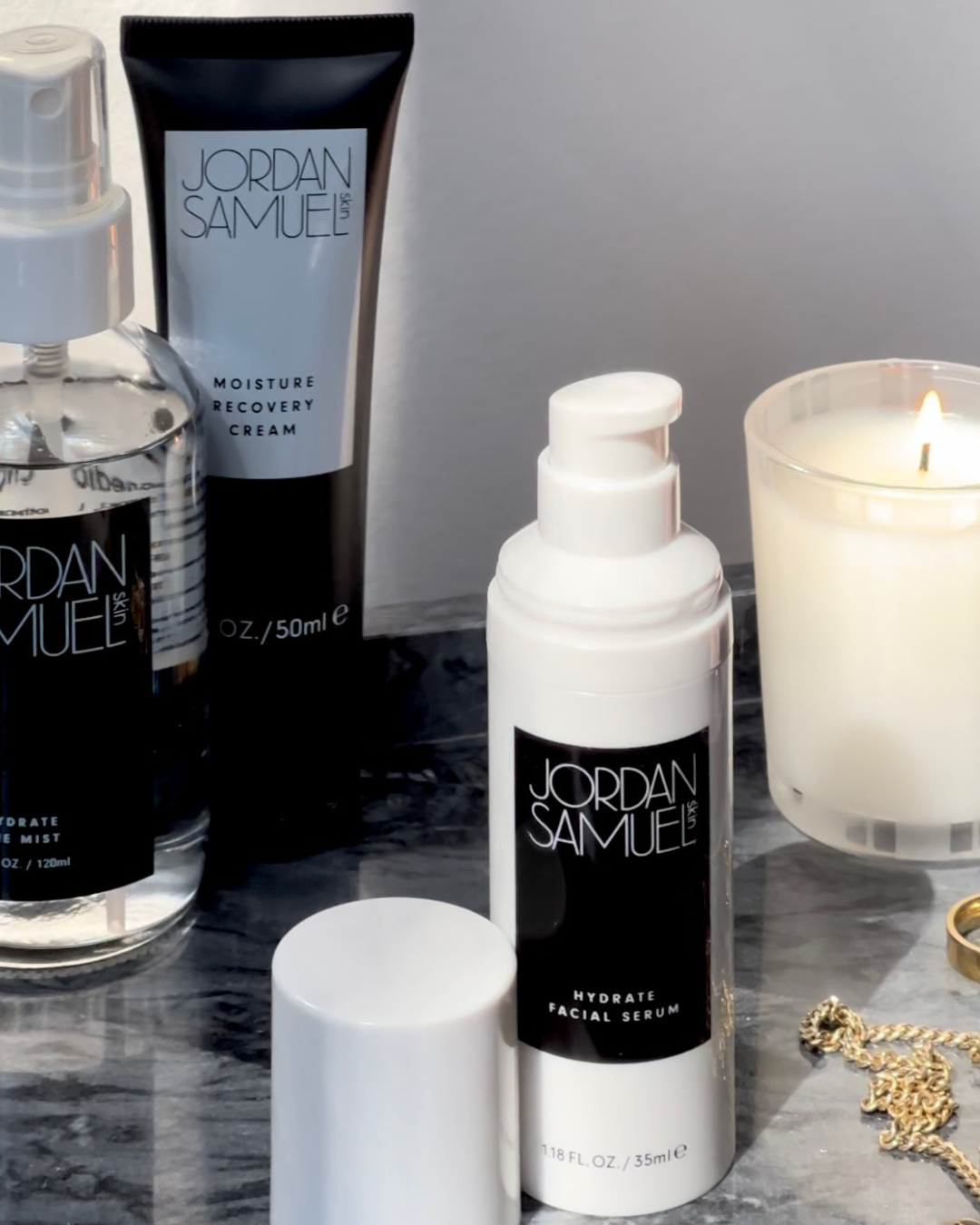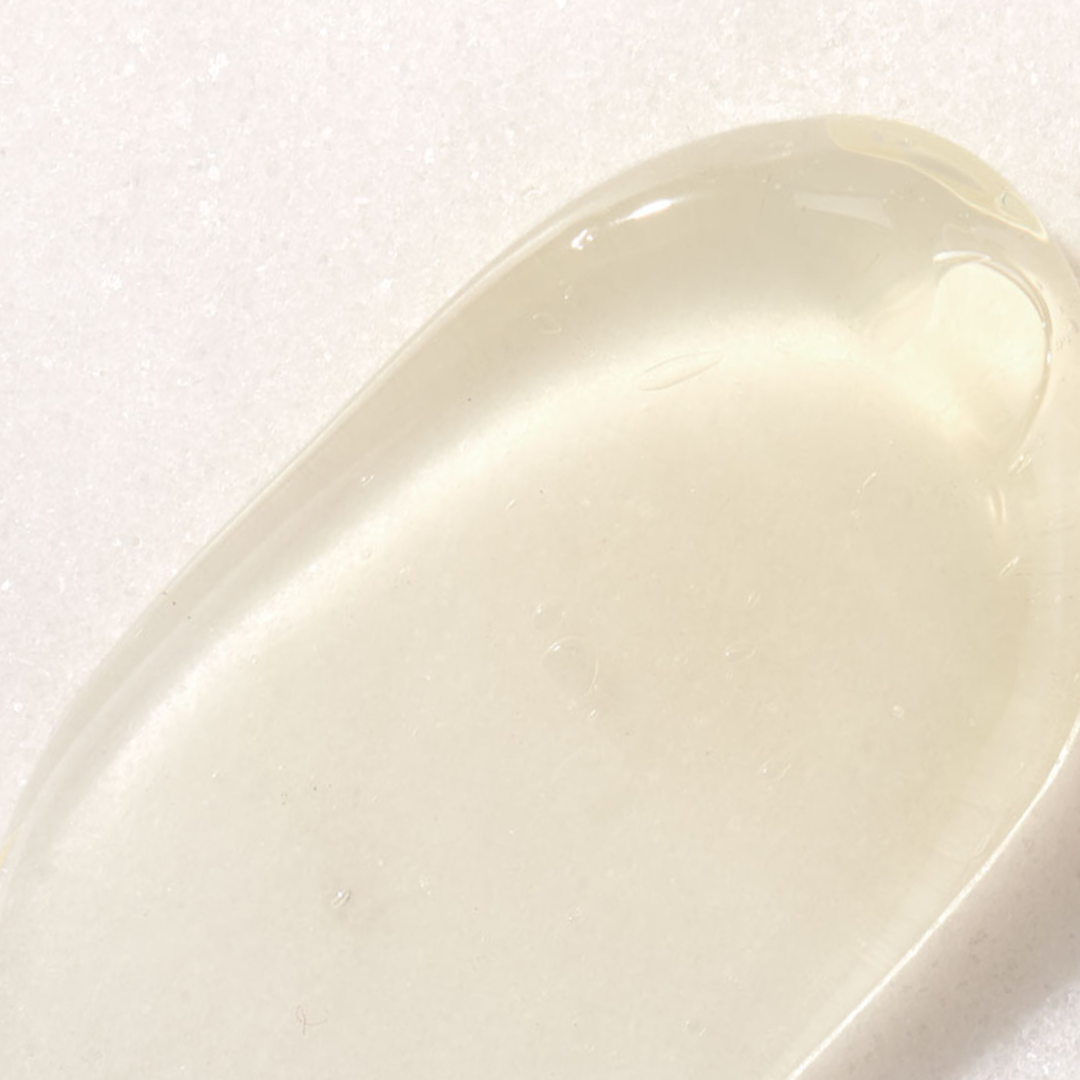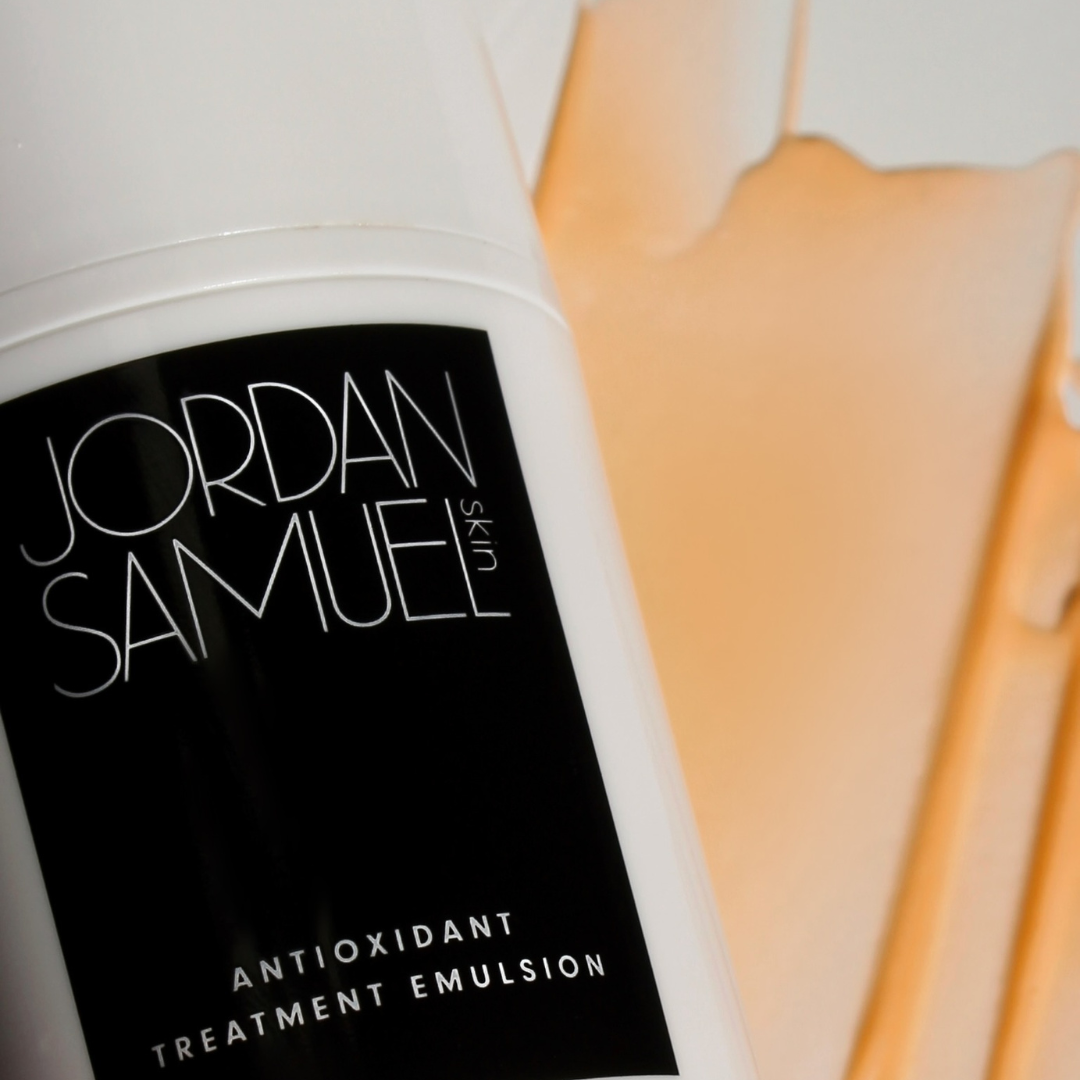Some people have come around to the idea that SPF isn’t necessary during the darker days of winter, and that their skin may actually benefit from taking a break from sunscreen. At some point, unfortunately, these individuals were misinformed.
You need to continue wearing SPF in the winter. Full stop.
I know that sunscreen isn’t a particularly sexy part of any skincare routine, but its necessity is both boring and enduringly true. You should wear sunscreen every single day that the sun rises. Daily sun protection is essential to aging gracefully, and many of the skin concerns I see in my practice could be mitigated with daily sunscreen usage—everything from redness and uneven skin tone to wrinkles and loss of volume. Find a sunscreen that you enjoy using, even if it means splurging a little. A product that’s a pleasure to use is one you’ll never skip in your routine, and when it comes to the single greatest product for maintaining skin health, you really shouldn’t skip it.
As with nearly all facts of life, there are some notable exceptions to the rule. If you live in parts of Northern Alaska, Greenland, or Scandinavia where the sun may not appear for weeks on end, you could probably do without SPF for a bit. Likewise, there have been times when I’ve spent the entire day indoors in a windowless room and skipped sunscreen for the day. But for the majority of people reading this advice, you really should take protective measures when it comes to sun exposure all year round.
In more practical terms, these shorter days mean that most people who work indoors could administer a thorough application of SPF in the morning and have it protect them against incidental sun exposure all day long. That includes UV protection during their commute and through any windows near their workspace. The caveat is that you need an ample base coat to get away with skipping reapplication later in the day. There’s some debate over how much sunscreen will provide the 2 milligrams per square centimeter required to meet the testing conditions for sunscreen safety, but ¼ teaspoon should deliver sufficient coverage for the face and neck on most people. A quarter teaspoon sounds small, but I’d recommend measuring it out some time—it’s a lot more than you’d think!
XO,
Jordan




